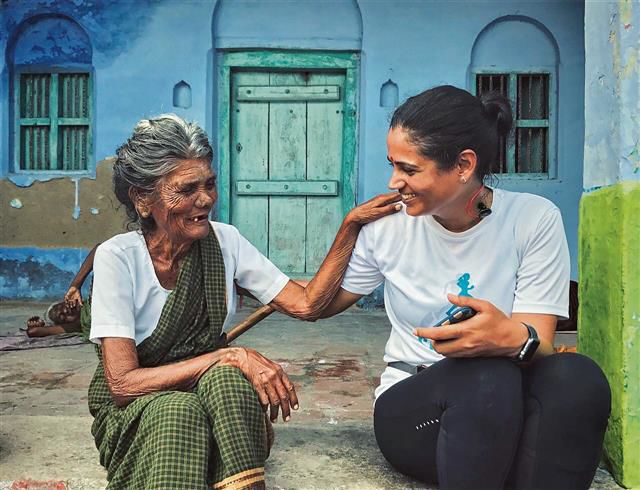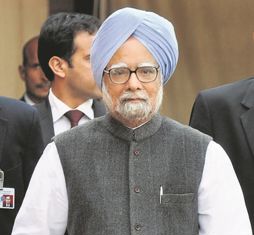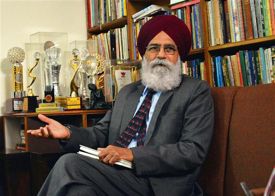‘WOMB’ drives home the point that we need to work hard on women empowerment.
Film: WOMB — Women Of My Billion
Director: Ajitesh Sharma
Cast: Srishti Bakshi, Neha Rai, Pragya Prasun Singh and Sangeeta Tiwari
Parbina Rashid
One of the biggest takeaways from my brief stint at the Women’s Studies Research Centre in Gauhati University in the 1990s was how Indian parents condition their daughters to be docile and weak by saddling them with names like Premlata and Hemlata. The suffix signifies that a woman is like a creeper (lata in Hindi means a creeper) who needs a man in her life in order to survive and thrive in society.
Cut to 2024. Hemlatas and Premlatas have been replaced by Nehas and Anjalis. But has the perception about women changed? At the surface level, it might seem so, but dig a little deeper, and the facts that emerge are startling. Ajitesh Sharma-directed and Priyanka Chopra Jonas-backed documentary ‘WOMB — Women Of My Billion’ shows us the reality: rape, domestic violence, acid attacks; a woman’s struggle to live a free life in our patriarchal society more or less remains the same across India, across economic strata, across caste and creed.
Uniting the women through their shared experiences, ‘WOMB’ extends to become the umbilical cord which manifests through Srishti Bakshi.
In 2016, moved by the disturbing Highway 91 rape case, Srishti quits her job in Hong Kong and returns to do something about the deep-seated patriarchy. She, along with a team of like-minded people, undertakes a journey on foot, walking for 240 days, covering 3,800 km from Kanyakumari to Kashmir to spread the message of gender equality. Ajitesh effectively intertwines Srishti’s mission with the lives of three highly educated women — Neha Rai, Pragya Singh and Sangeeta Tiwari.
Srishti meets women on her journey (85,000 of them), learning about their harrowing experiences, which at times drain her physically and emotionally.
Neha recounts her ordeal of going through body shaming and marital rape. It’s the price she has to pay for being an obedient daughter who gets married just to please her father. Sangeeta, a doctor, gives in to her parents’ diktat to marry a physically unfit man despite knowing the truth because “what would people say as wedding cards had already been distributed!” Pragya, an acid attack victim, endures physical and mental pain as she ponders over why her perpetrator resorted to such extreme violence.
The raw emotion of the victims and no-frill narrative style is the strength of this 1 hour-40 minute documentary.
Be it the poor mother, whose fourth girl gets raped and murdered, lamenting her luck at not having a male child, or countless women who talk about having to kill their dreams for the lack of support, the conversations flow from their hearts. The camera captures their anguish; words describe their pain for our minds to absorb and hearts to feel.
There is a particular scene where Srishti asks a group of women to close their eyes and imagine their 11-year-old self and have a dialogue with that child. The camera pans on their faces as tears fall. It’s the most poignant moment in the documentary when a sense of personal loss unites them. Srishti talks about the ‘violence on minority and silence of the majority’ to underline the need for solidarity.
There are light moments, too. While conducting a workshop at a school in Tamil Nadu, Srishti asks a boy what girls should wear to feel safe, and he responds, “They shouldn’t wear short skirts and torn jeans. Their bodies should be covered.” Srishti retorts, “Then men shouldn’t lift their lungis.”
Srishti’s oratory prowess shines through as she advocates girls’ education, financial independence and digital literacy in a series of workshops.
As Neha, Pragya and Sangeeta finally break the societal shackles and find fulfillment, the narrative turns from a tale of despair to one of courage and hope. This documentary was shot in 2021, but will continue to be relevant if the daily reports of rape, dowry deaths, honour killings are anything to go by.














